As any experienced gardener will tell you, it takes a whole lot more than sun and soil to successfully cultivate a homestead garden. Moisture, nutrition, as well as weed and pest control are required.
While many gardeners treat their garden with commercial insecticides to prevent insect pests, these noxious chemicals have the adverse affect of killing off beneficial insects and pollinators.
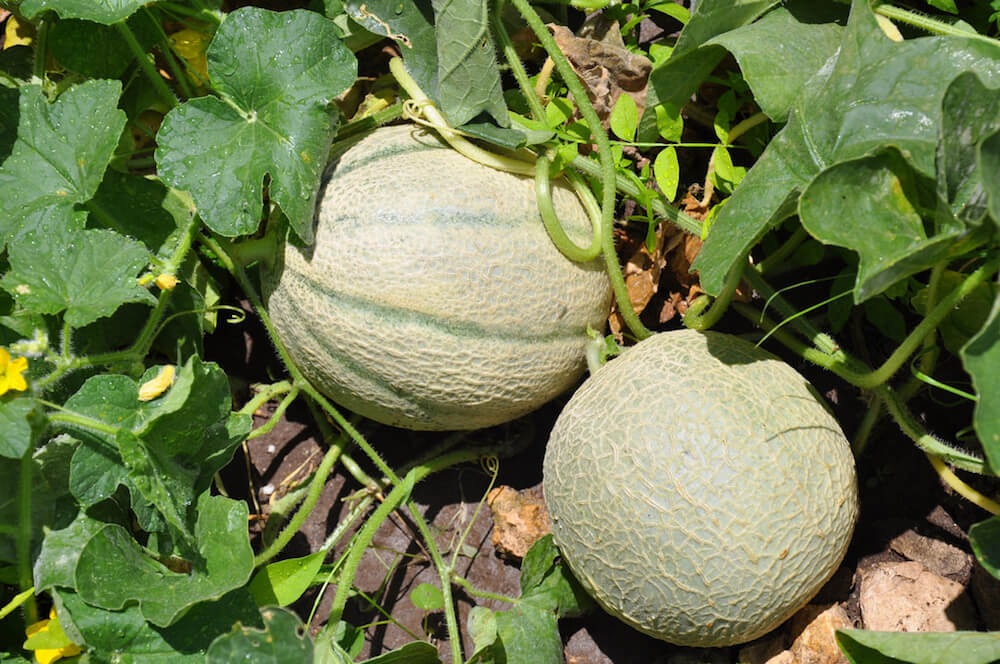
Companion planting is a safe, effective, natural alternative that helps control insects pests without causing harm to the insects we wish to attract to the garden: all without the use of toxic chemicals.
Best Garden Plants To Grow With Melons
Melons are one of the most compatible plants in the garden and do well when planted with peas, pole beans, bush beans, onions, leeks, chives, and garlic.
Cabbage, broccoli, cauliflower, carrots, kale, okra, spinach, sunflowers, lettuce, and Brussels sprouts also flourish in the companionship of melons.
Avoid planting melons with potatoes.
- Marigolds – Adding a splash of brilliant color, marigolds are “great neighbors” to most any vegetable crop, especially melons. Marigolds actually repel nematodes, aphids, beetles, flies, and other annoying garden pests.
- Catnip And Tansy – Plant these pungent herbs directly in the garden or in pots located near the melon patch to effectively repel leafhoppers, aphids, flies, and squash beetles.
- Nasturtiums – Both the flowers and leaves of nasturtium are edible and quite delicious. Add to salads and sand sandwiches for a spicy crunch or use the flowers as a plate garnish. Nasturtiums attract garden pests that damage other food crops. Aphids and other destructive pests love nasturtium plants so much; they will be focused on the nasturtiums and leave other plants alone. When planted near melons, nasturtiums also distract/repel whiteflies, leafhoppers, ants, and squash bugs.
- Lettuce And Radishes – These fast growing, shallow rooted plants are ready to harvest before melon vines need room to spread. They also provide and attractive and weed suppressing ground cover when planted in the melon patch.
Melons Are Easy To Grow
There are dozens of varieties of melons. In the United States watermelon, honeydew and cantaloupe, also known as muskmelon, are the most popular. Other popular summer melons found at fresh markets and local farmer’s markets include Ambrosia, Ananas, Canary, Casaba, Crane, Crenshaw, Galia, Persian, and Sharalyn.
Native to Africa and Asia, melons thrive in well-drained, fertile soil, and a full sun location with good air circulation. Planting melons along fences or walls block air flow, which may cause your melons to struggle.
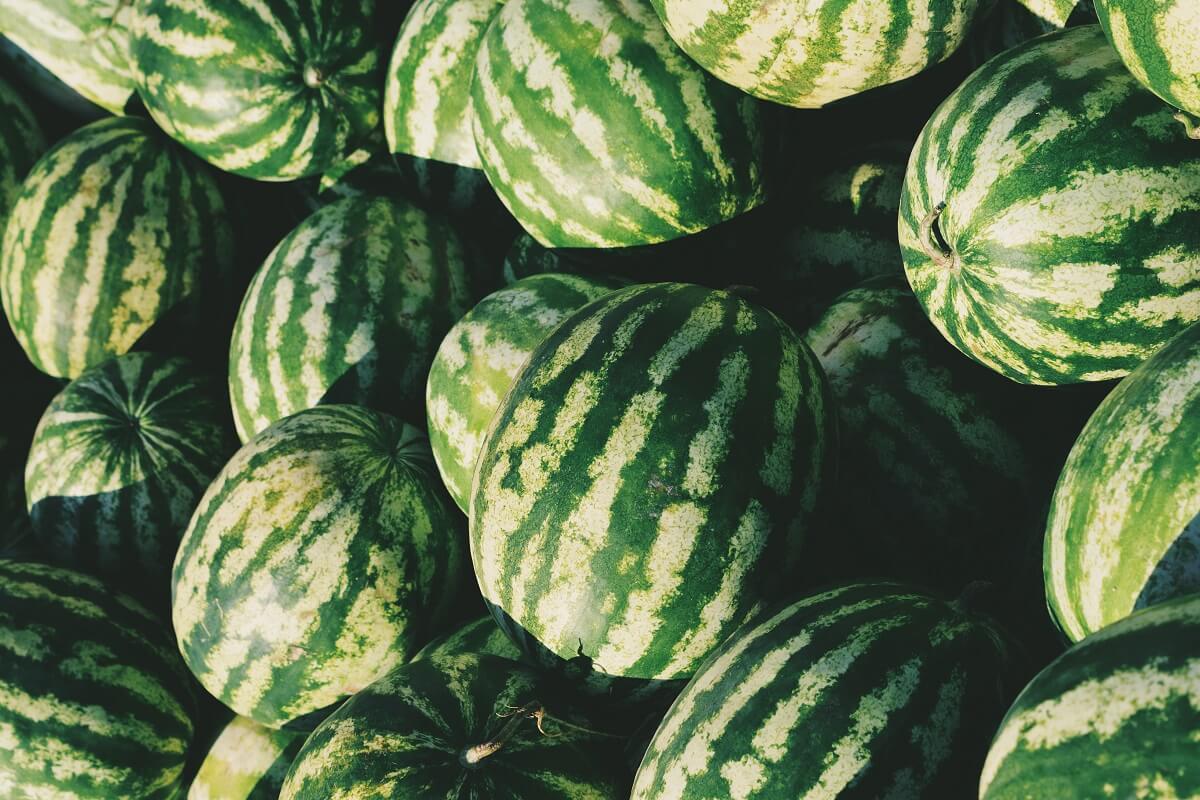
Melons develop deep roots usually extend from 2-10 inches into the earth, but some go as deep as 4-6 feet. Therefore, the soil must be loose and moisture retentive.
Melons need at least one inch of water a week to keep the soil uniformly moist. During the hottest days of summer, more watering is required to ensure that the soil doesn’t get completely dry, which could stunt the growth and flavor development of your melons.
Melons require long, hot summer days to develop optimum flavor and texture. When these requirements are satisfied, melons flourish with little care.
Melons are easiest to grow in the homestead gardens in United Plant Hardiness Zones 8 through 10. Dependent on variety, melons require 75-100 days to maturity.
Planting Tips For Melons
Enhance the garden plot with nutrient-rich garden compost or well-aged herbivore manure (sheep, cow, horse, goat, lama, poultry), working the organic material well into the soil while removing rocks and roots.
Do not plant melon seeds until the soil temperature has warmed to 70 degrees Fahrenheit. To encourage the soil to warm up in the spring, consider covering the garden with black plastic landscape film, which traps the warmth of the sun. Anchor the plastic covering in place to keep it from shifting and smothering new seedlings.
Using a hoe or rake, create 2-3 foot wide soil mounds spaced 18-24 inches apart. Melons seeds may be planted directly in soil, or in short season climates, started indoors and transplanted when the soil warms, and seedlings are 3-4 inches tall.
Plant 4-to-6 seeds or seedlings per mound. When seedlings are well-established, thin seedlings to 3 per mound.
Asian melons and honeydews can be trellis-grown to save garden space. Melons also do well when planted in containers or large pots on the terrace, deck, or patio—as long as they’re in the sun.
Deciding Which Melons To Grow
Low in calories, packed full of fiber and flavor, crisp and juicy, melons are consumed fresh in salads and deserts or may be dehydrated, pickled, candied, fermented, preserved, or frozen for year-round enjoyment.
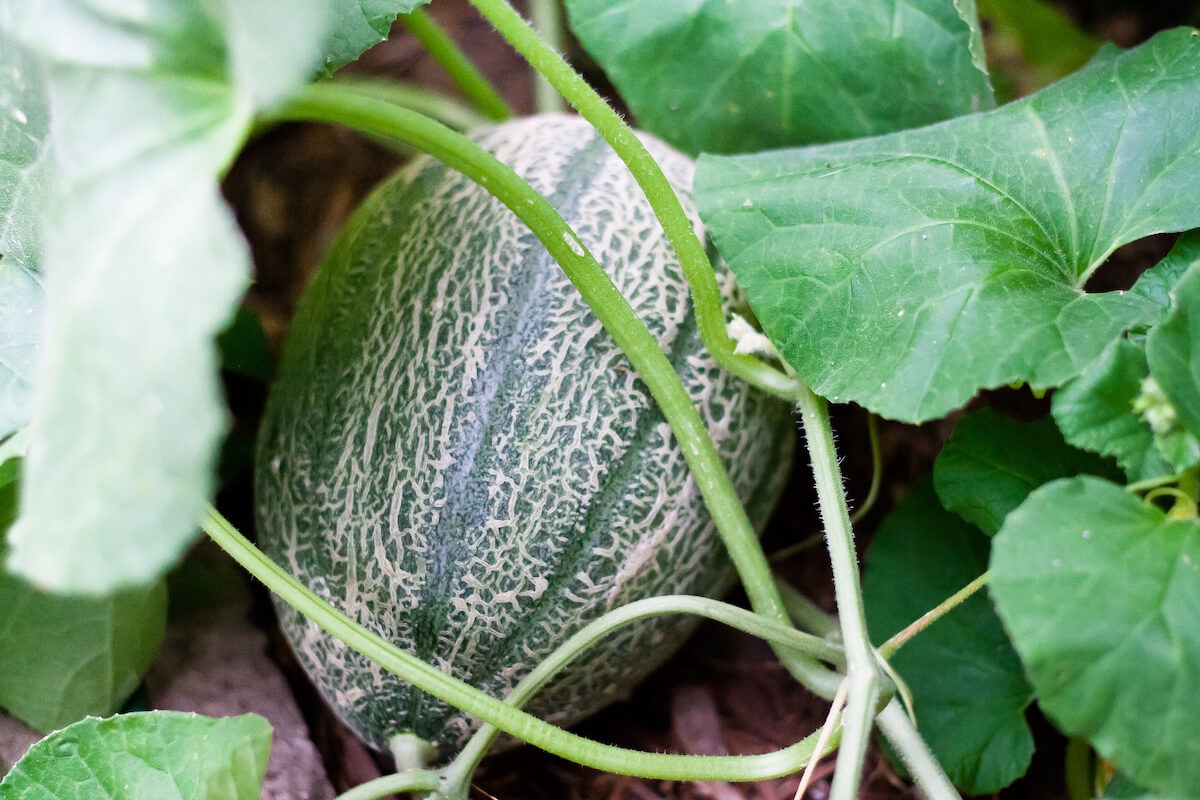
Because melons are so easy to grow, you will likely have more than enough to share with family and friends or sell as a cash crop at the local market. Melons are harvested in late summer and early fall.
When you find a variety of melon you especially enjoy, save the seeds.
- Rinse to remove fruit membrane and dry on a paper towel for three weeks.
- Select the plumpest, most solid seeds for replanting.
- Store melon seeds in a cool, dry place.
- When properly stored, melon seeds remain viable for three to five years.
Melons found at market are picked before they are thoroughly ripened. The mouth-watering sweet flavor and firm texture of a vine-ripened melon are what make growing your melons in the home garden more than worth the effort.
References:
- Planting Buddies (USDA)
- Companion Planting (The Old Farmers’ Almanac)


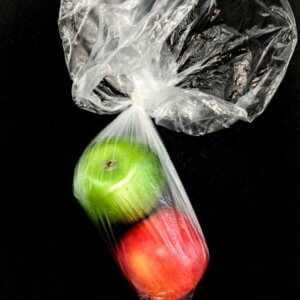
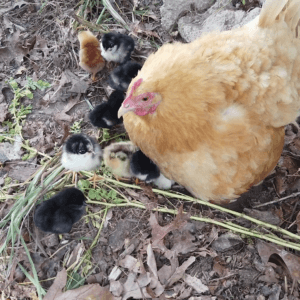





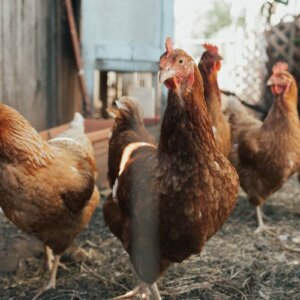
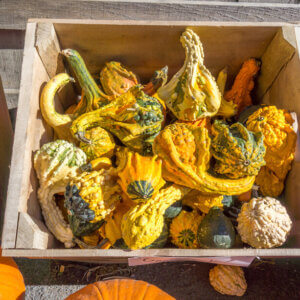

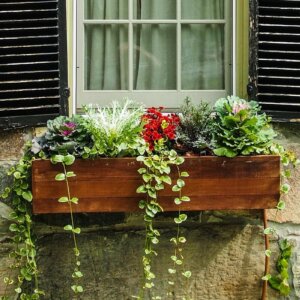
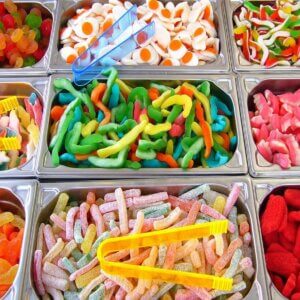



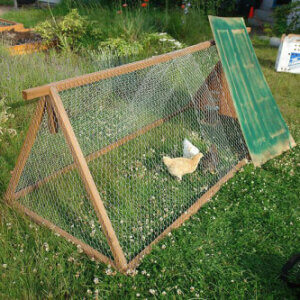
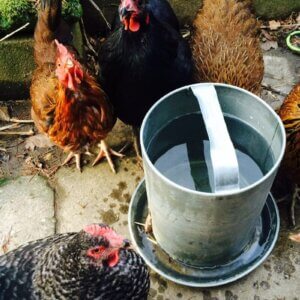


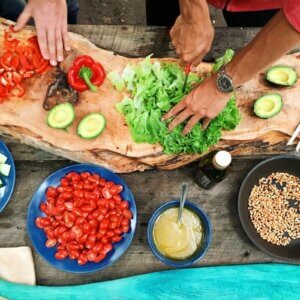

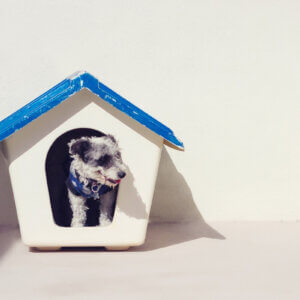

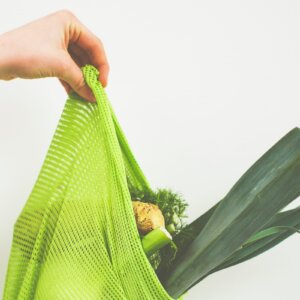
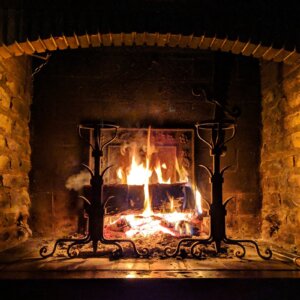







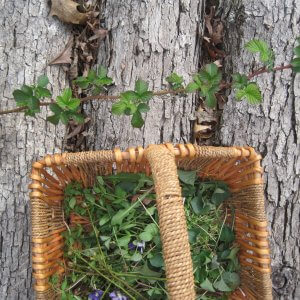

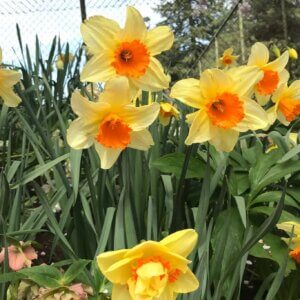





Congrats!
However I couldn’t tell if you mean Calendula off. or Tagetes erecta when you refer to “marigold”. Could you explain, please? Many thanks and kindest regards. Maria